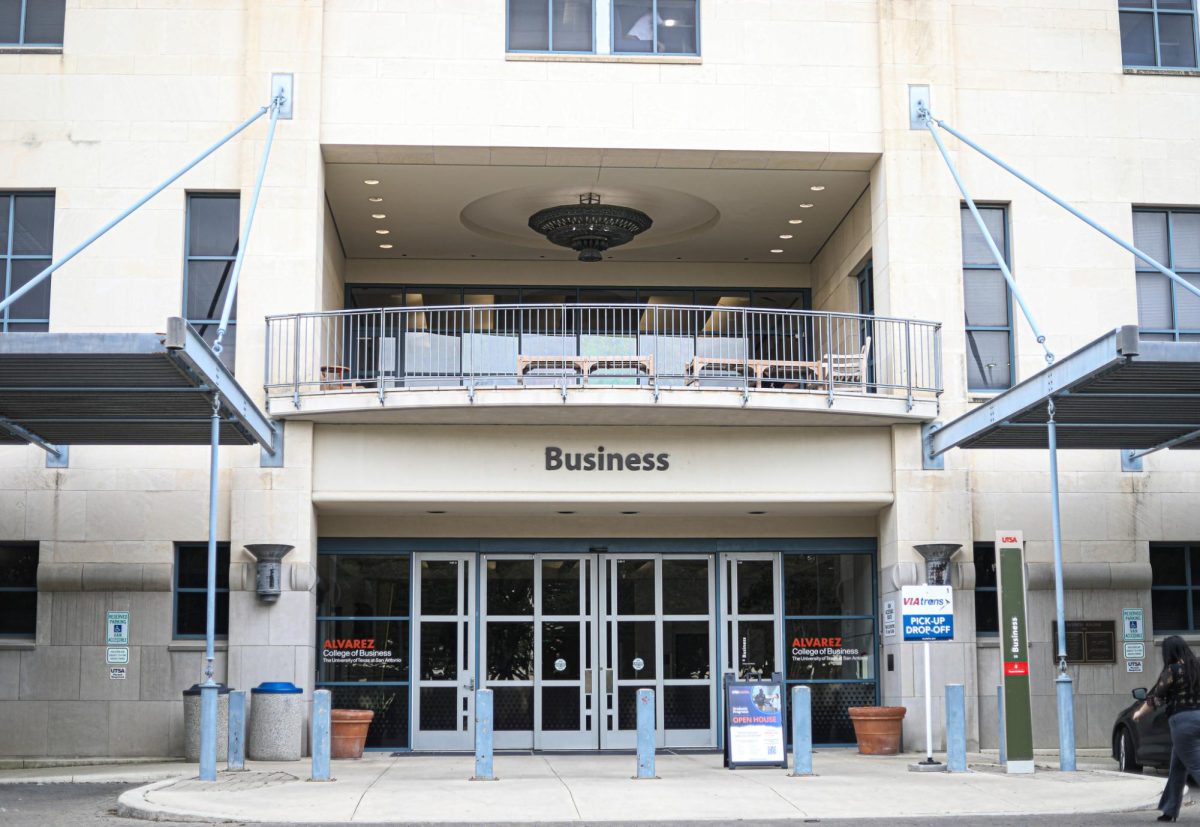The Student Government Association [SGA] is not happy with the Huffington Post. An SGA resolution signed on Nov. 10 explains why.
“The students at the University of Texas at San Antonio demand that the Huffington Post retract their article, ‘The Colleges with the Most Unhappy Freshman,'” stated the 35th General Assembly, 14th Session, GA 106 resolution.
The resolution, also known as the “UTSA Pride and Spirit Resolution,” was sponsored by freshmen senators Trevor Luther, Nick Schaedel and Lorenzo Garcia.
The Huffington Post ranked UTSA 2nd in colleges with the “most unhappy freshmen,” citing a study by the Center for College Affordability and Productivity [CCAP] as the basis for their claim.
“The statement of methodology reported at CCAP indicates they use self-reported one-year retention data and, for those who do not report, they used fall 2009 IPEDS reports to arrive at their ranking of retention rates. They don’t report the actual figures they are using to determine rank,” George Norton, assistant vice president for student affairs, said.
One mitigating factor for low freshmen retention rates is that UTSA currently has the highest number of the Coordinated Admission Program (CAP) students — three times that of UT Arlington — which has the 2nd highest number of CAP students.
The CAP program was designed to allow UT Austin applicants the opportunity to begin their college career at any of the other UT campuses as a freshman with the ability to transfer to UT Austin as a sophomore.
By the sophomore year, 42.6 percent of freshmen CAP students at UTSA enroll at UT Austin, while 31.2 percent remain at UTSA.
Currently, CAP students account for 17.7 percent of first-time freshmen enrolled at UTSA. This percentage is up from last year, but the percentage has been as high as 25 percent, according to Norton.
“We love CAP students,” Norton said. “But as UTSA makes progress towards its own enrollment management goals, then it can focus its resources on students who intend to graduate here.”
Two to three years ago UTSA re-negotiated the CAP enrollment requirements with UT Austin. In an interview with Paisano reporter Magelieh Acosta, Norton was quoted as saying, “We’ve stopped accepting every single CAP student. Every prospective CAP student must first meet all of the UTSA admissions requirements.”
Like every other college or university, there are aspects of UTSA that could be improved. The diversity at UTSA makes it more difficult for students to understand some the professor’s dialects. Professors sometimes do not teach from the books that students are required to purchase. Many students would prefer to have professors teaching instead of teaching assistants.
To help alleviate any potential unhappiness, freshman biology major Karli Roberts suggested other freshmen do what she did, “take a tour of the campus, get to know people and get involved.”











